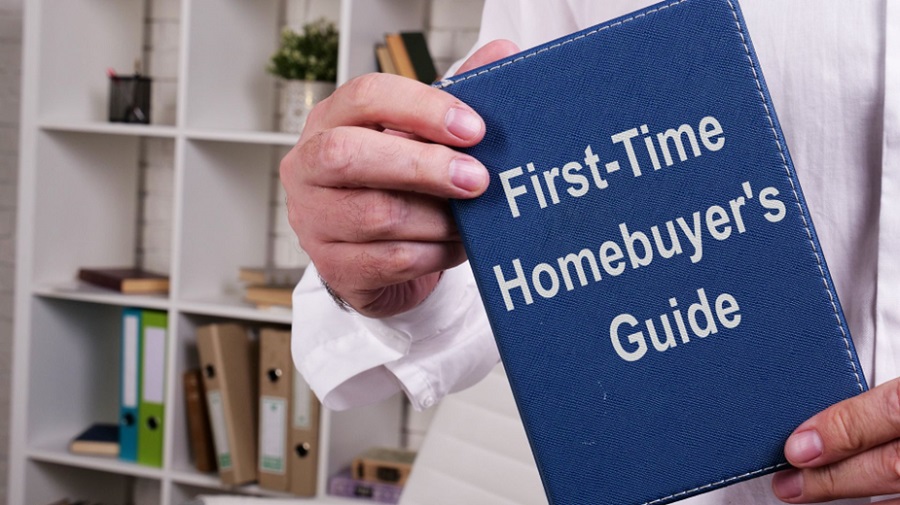As a first-time homebuyer, figuring out the amount needed for a mortgage down payment can be an intimidating task. With so many options and factors to consider, it’s crucial to have a comprehensive understanding of the mortgage process. In this guide, we will explore the essential aspects of mortgage down payments, helping you take the first steps towards homeownership with confidence.
Factors Affecting Mortgage Down Payment Requirements
Before discussing the specific down payment requirements, it’s important to understand the factors that could impact the minimum amount needed.
1. Credit Score
Your credit score plays an essential role in determining your down payment requirements. Borrowers with higher credit scores are seen as lower risks to lenders, allowing for lower down payment options.
2. Home Price and Loan Amount
The price of the home and the loan amount you’re requesting will also influence the down payment you need. More expensive homes typically require higher down payments.
3. Loan Type
The type of mortgage loan you choose (conventional, FHA, or VA) often affects down payment requirements. Each loan type has different criteria for eligibility and minimum down payment percentages.
Down Payment Options
Depending on various factors, a mortgage down payment requirements differ among borrowers. Here’s an overview of three common options:
1. Conventional Loans
Most conventional mortgage loans require a down payment between 5% to 20% of the home price. A down payment of 20% allows you to avoid paying private mortgage insurance (PMI) on loan. However, there are some conventional loans that only require a down payment of 3%.
2. FHA Loans
FHA loans, insured by the Federal Housing Administration, provide an opportunity for borrowers with lower credit scores and smaller down payments to obtain a mortgage. These loans require as little as 3.5% down, making them a popular choice for first-time borrowers.
3. VA Loans
If you’re a veteran or active duty military personnel, a VA loan offers an attractive mortgage option with no required down payment. Backed by the Department of Veterans Affairs, VA loans can also save qualified borrowers significant money by eliminating the need for PMI.
Saving for a Down Payment
Saving for a down payment requires planning, budgeting, and discipline. Here are some tips to help you get started:
1. Determine Your Savings Goal
Calculate your target down payment amount based on your intended mortgage loan and desired home price range. Aim for a higher down payment if you can, as it will reduce your monthly mortgage payments.
2. Automate Savings
Set up automatic transfers from your checking account to a dedicated savings account to ensure consistency in saving for your down payment.
3. Prioritize Expenses
Assess your current spending habits and prioritize essential expenses, allowing you to allocate more funds towards saving for your down payment.
4. Search for First-Time Homebuyer Programs
Research first-time homebuyer programs that could offer grants, tax credits, and other incentives to help offset the cost of your down payment.
To Conclude
By understanding the down payment requirements and exploring your options, you can be well on your way to becoming a homeowner. Taking advantage of first-time homebuyer programs can also help you save money and make the transition into homeownership smoother. You may also consider seeking a professional company for a mortgage in Toronto to provide you with the best advice and options available. With the right preparation, you can achieve your goal of becoming a homeowner. Good luck!


